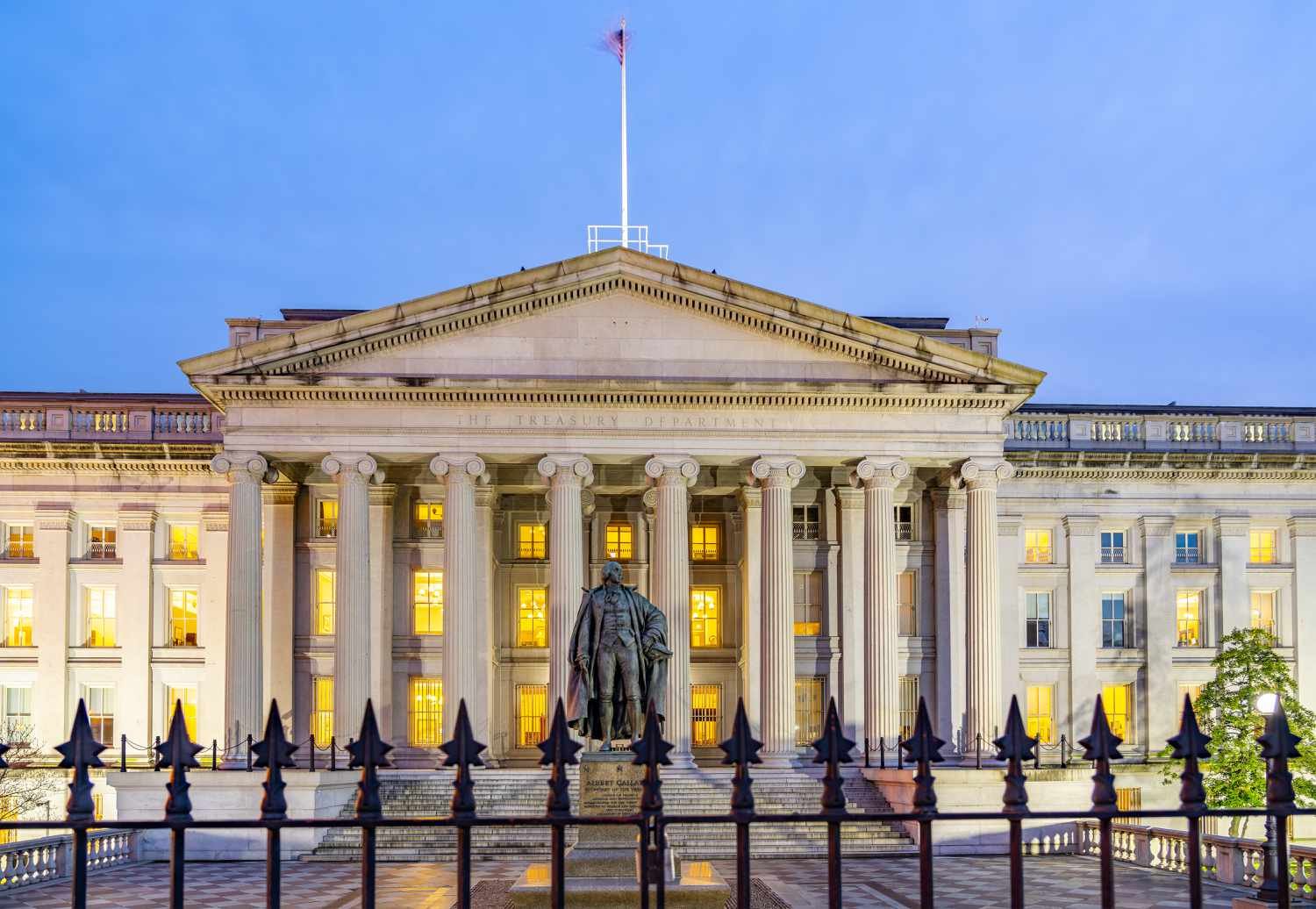

Super Micro Subpoenaed by DOJ and SEC Following Short Seller Allegations: What This Means for AI Market Investors and Compliance Officers
San Jose-based Super Micro Computer, a prominent supplier of high-performance AI server hardware, disclosed this week that it has received subpoenas from both the U.S. Department of Justice (DOJ) and the Securities and Exchange Commission (SEC). The subpoenas, served in late 2024, are part of an apparent response to allegations first raised by the now-defunct short seller Hindenburg Research in August of last year.

Generative AI and the Legal Profession
Generative AI is rapidly becoming a fixture in legal practice, transforming workflows, expectations, and client demands. According to Thomson Reuters’ 2025 Generative AI in Professional Services Report, usage of generative AI among law firms and in-house legal departments has nearly doubled over the past year, with 26% now using the technology and 59% supporting its use in legal work. While the pace of adoption is striking, it has outpaced the development of formal policies, training, and clear legal frameworks for responsible implementation.

U.S. Treasury’s Overreach in Crypto Broker Reporting Sparks Industry Outrage
Recent developments in Treasury’s crypto broker reporting regulations have ignited heated debate across the digital asset community. At the heart of the controversy lies a significant overreach: Treasury’s expanded definition of “broker” now includes entities like informational websites, platforms with "connect wallet" features, and other services that merely provide users with data they can use to transact on blockchain networks. This interpretation, codified in TD 10021, has drawn sharp criticism for its legal overextension and potential to stifle innovation in the burgeoning crypto sector.

A Quick Guide on AI in Corporate Compliance in 2025
As we step into 2025, artificial intelligence (AI) continues to redefine corporate landscapes, becoming both an asset and a focal point for regulatory scrutiny. In September 2024, the Department of Justice (DOJ) announced a significant shift in its Evaluation of Corporate Compliance Programs (ECCP), highlighting the risks associated with AI technologies. For organizations, this move underscores an urgent need to integrate AI risk management into their compliance frameworks.

The Impact of Technology on Securities Markets: A Legal Perspective on the SEC’s Report
The SEC’s recent report to Congress on the impact of technological advances in securities markets isn’t merely a catalog of tech developments; it’s an inventory of how these tools alter the market’s fundamental mechanics—and, yes, its regulatory challenges. If the 20th century markets were defined by floor traders, telephone orders, and paper filings, the 21st century has swiftly evolved into a digital arena dominated by algorithms, blockchain, and AI. The upshot? We’re witnessing a market that’s faster, more accessible, and potentially more transparent, but also laden with new regulatory wrinkles. Let’s examine what the SEC has to say about this digital transformation and its implications for legal compliance, investor protection, and, well, market stability.

Start-Up AI and Robotics Company and CEO Face SEC Charges for Investor Fraud
In a recent enforcement action, the Securities and Exchange Commission (SEC) charged Destiny Robotics Corp., a start-up specializing in artificial intelligence (AI) and robotics, along with its founder and CEO, Megi Kavtaradze, for allegedly defrauding investors through false and misleading statements about the company’s operations and products.

SEC Targets Misleading AI Claims: Enforcement Actions and Key Takeaways
Explore the SEC's recent enforcement actions targeting "AI washing"—the practice of overstating or misrepresenting the use of artificial intelligence. Learn about key cases, regulatory risks, and compliance strategies for firms leveraging AI technology.

Understanding Conflicts of Interest in Artificial Intelligence: Video from SEC Chair Gary Gensler
On August 13, 2024, SEC Chair Gary Gensler released a video discussing the growing role of artificial intelligence (AI) in finance, particularly how it can introduce conflicts of interest that may impact investors. As AI becomes more integrated into financial services—from robo-advisors to brokerage applications—the potential for these conflicts to influence investment decisions and outcomes increases.
